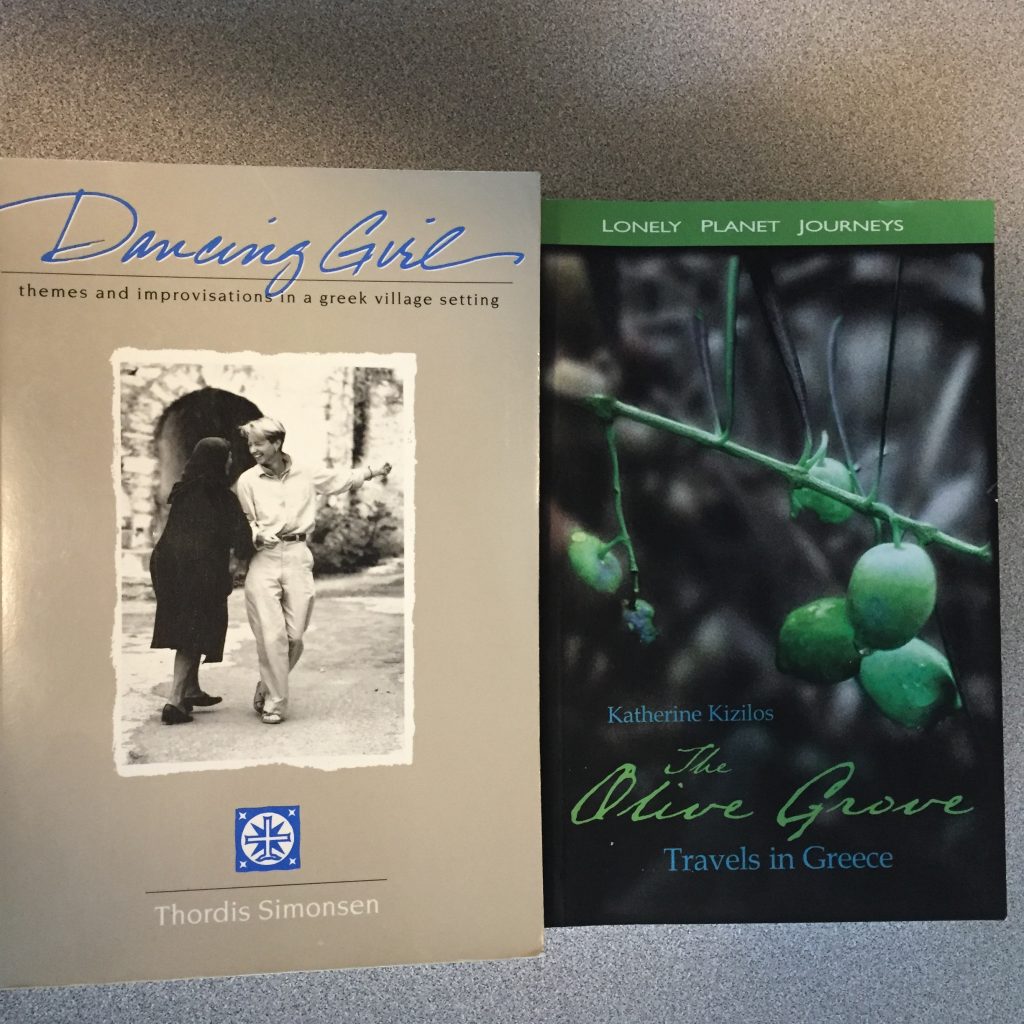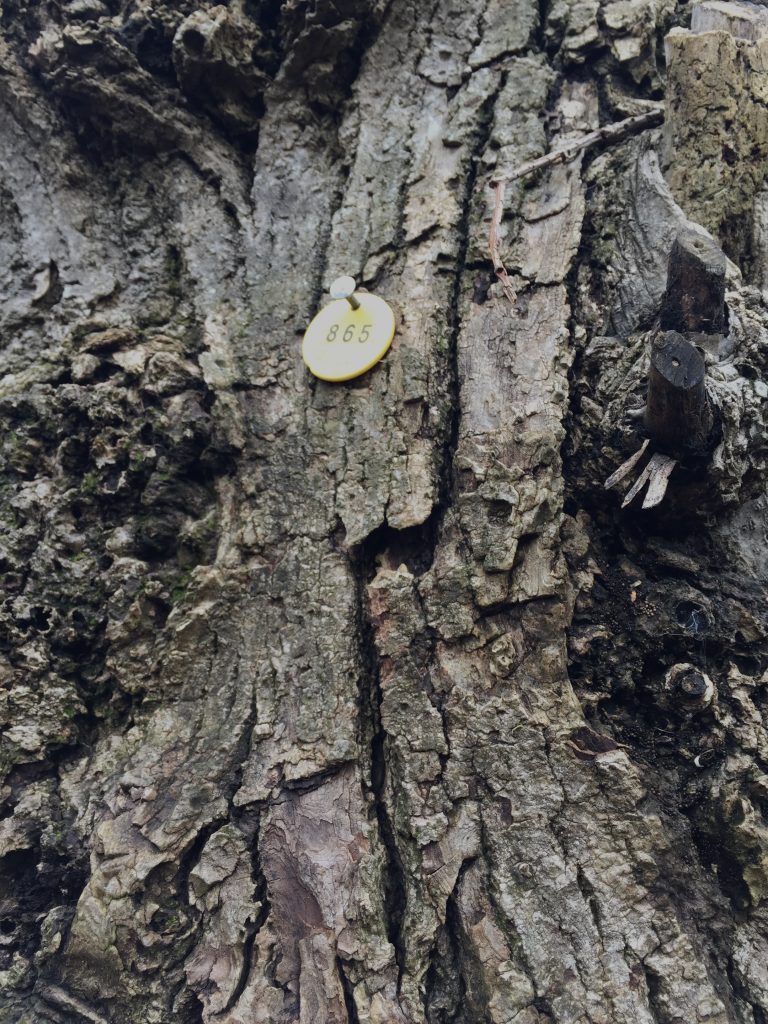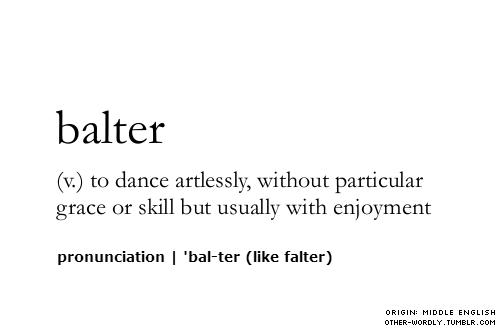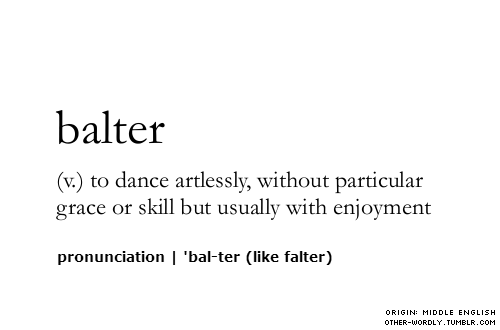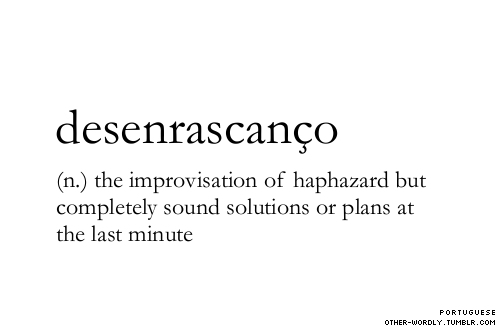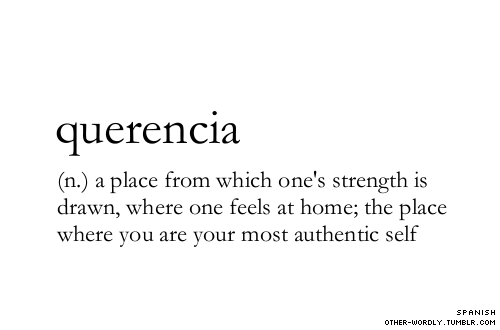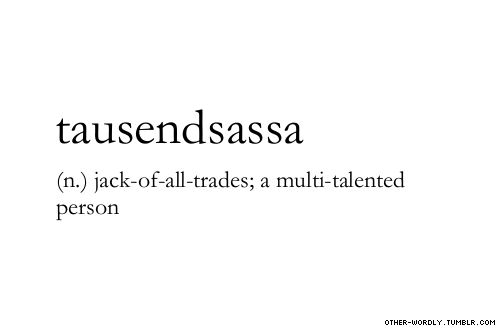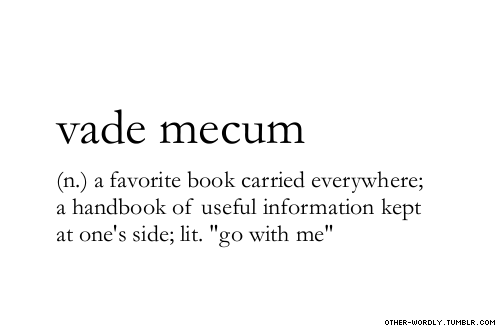The result is a portrait of a Greek village in transition and an American woman’s metamorphosis. Thordis learned the meaning of hospitality from a goatherd who inhabited an exalted mountain realm; she learned patience from a local carpenter who defied his own deadlines; she learned the meaning of wit and wisdom from a great-grandmother who was unschooled. Above all, Dancing Girl acknowledges the ties that bind us all: feelings that need to be expressed and a human spirit that wants to be set free.
Dancing Girl: Themes and Improvisations in a Greek Village Setting
Theordis Simosen
ISBN-13 : 978-0962976643
The daughter of migrants goes back to the land of her ancestors to discover the generosity, passionate politics of rural life.
Living abroad for extended periods gives the author an opportunity to sort out ancient myths, and try to understand the paradoxes of national identity.
There’s more than one side to your heritage.
I bent down to the vine,
it’s leaves shaking, to drink in
it’s honey and it’s flower;
and – my thoughts like heavy grapes,
bramble-thick my breath –
I could not, as I breathed,
choose among the sents,
but culled them all, and drank them
as one drinks joy or sorrow
suddenly sent by fate;
I drank them all
….”The First Rain: Angelos Sikelianos
The Olive Grove, travels in Greece
Katherine Kizilos
ISBN: 0-86442-459-0
